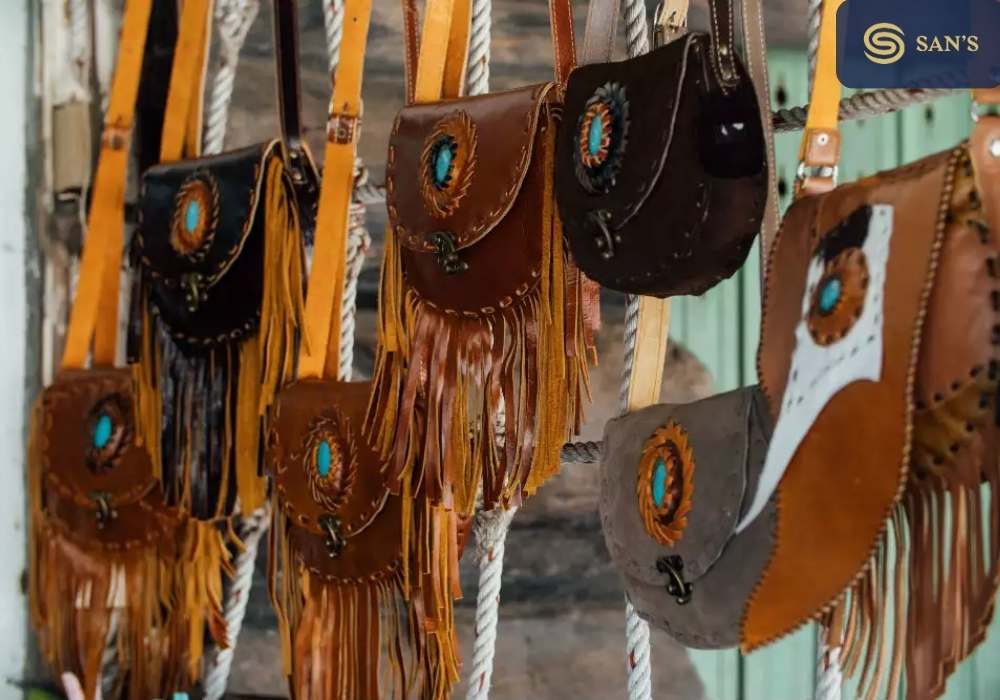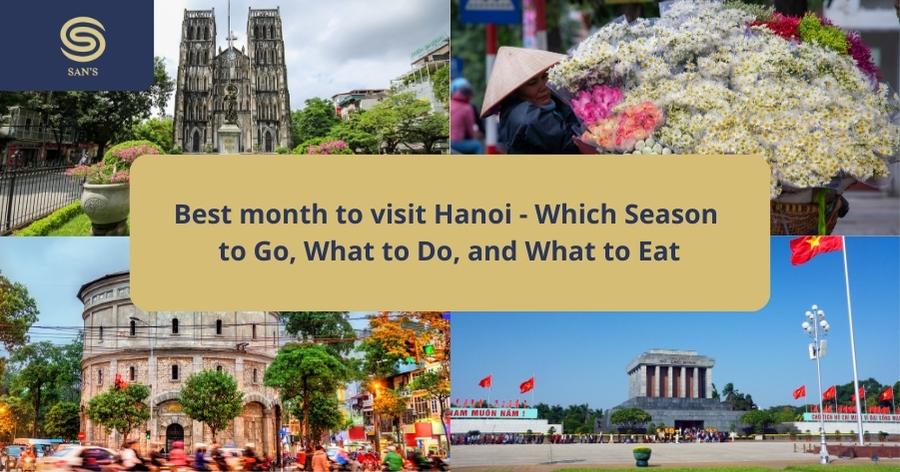In the heart of Vietnam’s bustling capital, Hanoi, lies a street that captures the city’s essence in its every nook and cranny – Hang Da Street. As one walks its length, the resonance of time is palpable, whispering tales of a bygone era while simultaneously embracing the dynamism of the present.
From its origins as a bustling traditional market street to its current avatar that intertwines the classic and contemporary, Hang Da Street stands as a testament to Hanoi’s ever-evolving charm. Over the years, it has witnessed a remarkable transformation, echoing the city’s growth and its harmonious blend of history with modernity. In this journey, we’ll delve deep into the spirit of Hang Da Street, unearthing its stories, its allure, and the magic that makes it an unmissable part of Hanoi.
The Historical Roots of Hang Da Street
Nestled within Hanoi’s intricate web of streets and alleyways, Hang Da Street boasts a history as rich and textured as the city itself. Its story begins centuries ago when Hanoi was still finding its feet as the heart of Vietnamese culture and commerce.
Originally known for its thriving market of leather goods, the name “Hang Da” fittingly translates to “Leather Street.” This nomenclature wasn’t merely a label but a reflection of the street’s very soul, resonating with the sounds of artisans crafting leather, the scent of freshly worked hides, and the bustling trade that ensued.
-

Hang Da Market
But beyond its commercial identity, Hang Da Street was, and remains, a vibrant canvas of Vietnamese culture. The significance of its name transcends commerce, speaking volumes about the traditional Vietnamese reverence for craft, trade, and community.
The very ethos of Hang Da Street, deeply rooted in its leather trading history, is a microcosm of Hanoi’s broader cultural backdrop, where trade streets often emerged as centers of community bonding, cultural exchange, and a celebration of Vietnamese craftsmanship. Today, while leather may not dominate its market as before, the essence of its historic roots is still very much alive, shaping Hang Da’s unique character and drawing locals and tourists alike into its captivating embrace.
Hang Da Market: A Symbol of Tradition
Amidst the hustle and bustle of modern Hanoi, Hang Da Market stands as a beacon of the city’s enduring tradition. A walk through its gates is like a step back in time, offering visitors a taste of an age-old Vietnamese marketplace experience. As one of the primary attractions of Hang Da Street, the market remains a pulsating heart of activity, drawing in both locals and curious tourists.
A kaleidoscope of sights, sounds, and scents greet visitors as they navigate the narrow aisles. From stalls adorned with a myriad of colorful fabrics, delicate silks, and traditional Vietnamese clothing to sections dedicated to leather goods, handicrafts, and contemporary fashion, variety is the market’s second nature.
-

Hang Da Market
But it’s not just about clothing and crafts; the market is also a haven for food enthusiasts. Aromas of local delicacies waft through the air, leading the way to stalls selling sumptuous street foods, exotic fruits, and traditional Vietnamese dishes that promise a feast for the senses.
Yet, beyond the myriad of products lies another layer of attraction – Hang Da Market’s distinctive architecture. Unlike the standard steel and glass structures of modern marketplaces, Hang Da boasts a unique design.
Its three-story building, replete with terracotta roof tiles and an amalgamation of French colonial and Vietnamese architectural elements, reflects Hanoi’s colonial past while paying homage to traditional design aesthetics. Elegant arches, wooden balconies, and intricate latticework provide not just a shopping experience but a journey through art and history.
Navigating Hang Da Street: Traveler’s Guide
Stepping onto Hang Da Street, with its amalgamation of the old and new, can be both exhilarating and overwhelming, especially for first-time visitors. The hum of activity, the blend of aromas, and the sheer vibrancy of the place can sweep you off your feet. To help you navigate this iconic Hanoi landmark, here’s a handy traveler’s guide tailored to enrich your Hang Da Street experience.
- Timing Your Visit: While Hang Da Street pulsates with life throughout the day, mornings, particularly between 9 AM to 11 AM, offer a less crowded shopping experience. If you’re looking to capture the essence of local life, late afternoons see the market at its liveliest.
- Spotting Notable Stops: As with any popular street, some shops and eateries have earned legendary status. Look out for traditional silk shops that have been in operation for decades, or eateries that always seem to have a queue. Often, these are local favorites serving authentic dishes or offering unique products. Don’t hesitate to ask locals for their recommendations!
- Getting Around: The street is best explored on foot. It’s the unexpected discoveries, from quaint boutiques hidden in alleyways to surprise street performances, that truly define the Hang Da experience. If you’re carrying multiple purchases, consider hiring a cyclo for a more relaxed tour of the street.
- Mastering the Art of Bargaining: Like many marketplaces in Asia, bargaining is an intrinsic part of shopping at Hang Da Street. Start by offering about 40-50% of the asking price and work your way up. Remember, the key is to be respectful and wear a smile – bargaining is as much a social interaction as it is a commercial one.
- Savoring the Local Flavor: Take a break from shopping to relish the delectable street food. Whether it’s the rich pho, crispy banh mi, or a refreshing glass of bia hoi, let your taste buds lead the way. Several cafes also dot the street, offering a quiet respite and a chance to people-watch.
- Embracing the Authenticity: While modern establishments are aplenty, it’s the traditional craftsmen, the roadside vendors, and the elderly tea sellers that give Hang Da Street its soul. Engage in conversations, learn their stories, and immerse yourself in the authentic Hanoi experience.
>> See more: Hang Dao Street: The Heartbeat of Vietnam’s Old Quarter
-

Hang Da Market in 2008
As our journey through Hang Da Street draws to a close, it’s evident that this vibrant thoroughfare is more than just a marketplace or a bustling lane in Hanoi’s vast cityscape. It’s a testament to the city’s rich history, its cultural resilience, and its unwavering spirit. In every brick, every archway, and every smile exchanged over a cup of tea, Hang Da Street encapsulates Hanoi’s soul, offering a glimpse into its past while standing firmly rooted in the present.
But to truly understand its essence, one must walk its length, feel its pulse, and engage with its people. Because, at its core, Hang Da Street isn’t just about commerce or architecture; it’s about stories – stories of generations past, of traditions preserved, and of a future yet to be written.
So, dear reader, as you turn the page or click away, carry with you an open invitation: to step onto Hang Da Street, to weave your own narrative into its rich tapestry, and to be a part of Hanoi’s ever-evolving story. Because some tales are best lived, not just read.

FAQs: Hang Da Street Hanoi
Q1: What are the opening hours of Hang Da Market?
A1: Hang Da Market generally operates from 6 AM to 7 PM daily. However, it’s recommended to visit between 9 AM to 5 PM when most stalls and shops are open for business.
Q2: What are the best finds at Hang Da Street?
A2: Hang Da Street is renowned for its variety. Shoppers can find quality leather goods, traditional Vietnamese clothing, exquisite silks, and handicrafts. The market is also a haven for food enthusiasts, offering a range of local delicacies, exotic fruits, and street foods.
Q3: Are there any nearby attractions to Hang Da Street?
A3: Absolutely! Within walking distance, you have the iconic Hoan Kiem Lake, St. Joseph’s Cathedral, and the bustling Old Quarter with its maze of historic streets and alleyways. These attractions can easily be combined with a visit to Hang Da Street for a full day of exploration.
Q4: Is it necessary to bargain at Hang Da Market?
A4: Yes, bargaining is a common practice in many Vietnamese markets, including Hang Da. While some fixed-price shops exist, most vendors expect some level of negotiation. Always approach bargaining with a friendly demeanor and remember that a few Dong saved for you might mean a lot for the local sellers.
Q5: Are there facilities for tourists at Hang Da Market?
A5: While the market offers a raw and authentic experience, it’s equipped with basic facilities. There are several cafes and eateries where visitors can rest and enjoy local cuisine. Restrooms are also available, though it’s advisable to carry your own tissue and hand sanitizer.
Q6: How do I get to Hang Da Street?
A6: Hang Da Street is centrally located in Hanoi and is easily accessible by taxi, cyclo, or on foot if you’re staying within the Old Quarter. If taking public transport, ensure you have the street name written down, as some drivers might not be fluent in English.
Q7: Is Hang Da Street suitable for children and elderly visitors?
A7: While the street is bustling and can get crowded, it’s generally safe for visitors of all ages. For elderly visitors or those with mobility challenges, it’s advisable to avoid peak hours and to take regular breaks at the many cafes lining the street. Families with children should keep an eye on their young ones, given the busy nature of the market.
Ngoài các sản phẩm đặc biệt tại phố hàng da còn có những sản phẩm như dương vật giả đang được phổ biến!





